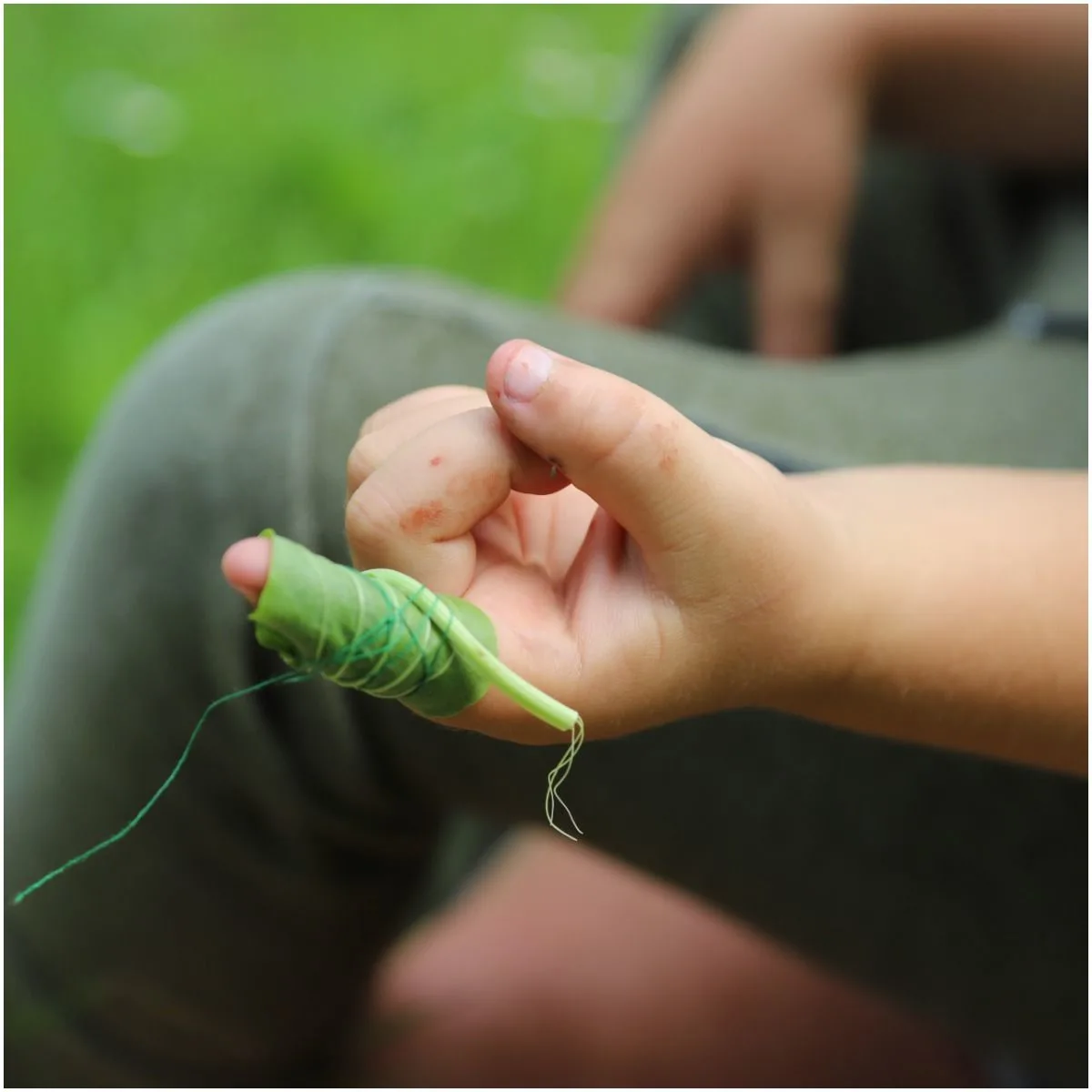What are the differences between hydrogen peroxide and rubbing alcohol?
Introduction
A wound is a break in the skin surface, resulting in a potential bacterial contamination.
Nearly everyone will experience an open wound at some point during their life.
Using the right open wound treatment can mean the difference between a quick recovery and excess scars, intense pain, prolonged healing, or increased risk of infection.
Here is a comparison between two compounds that some people still use for cleaning cuts and wounds:
Hydrogen Peroxide
Hydrogen peroxide (H2O2) is a topical antiseptic that is used in wound cleaning since it kills pathogens.
H2O2 was discovered in 1818 and has been commercially available since the 19th century.
It has been reported to be a reactive biochemical molecule synthesized by numerous cells which influences biological behavior through a variety of mechanisms, including:
- changing intracellular redox balance;
- generation of new molecules;
- alterations of membrane potential.
Rubbing Alcohol
Rubbing alcohol, also referred to as isopropyl alcohol, is a substance that can be used as a cleaning agent, an antiseptic, and as a survival tool.
It is typically 70 percent isopropyl alcohol, however, the percentage ranges from 60 to 99 percent isopropyl alcohol.
Isopropyl alcohol smells like a mixture of acetone (a nail polish remover) and liquor.
It is a colorless liquid that can be dissolved in ethanol, ether, water, acetone, and chloroform.
Uses
Hydrogen Peroxide
It is used as an oxidative bleaching agent in the paper industry.
In addition, it is an oxidizing agent incorporated into some mouthwashes that are recommended to eradicate harmful bacteria found in conditions such as necrotizing periodontitis or ulcerative gingivitis.
If used correctly, it can prove to be amazing in procuring a lighter skin tone.
However, for bleaching skin, you need a concentration of between 20 percent and 30 percent.
When used in teeth whitening, tooth whitening products must contain less than 0.1 to 6%t hydrogen peroxide to be considered safe, according to a study done by the European Commission on Health & Consumer Protection.
Rubbing Alcohol
It is used in healthcare settings to prevent infection, which may be caused by needle punctures.
Moreover, it is an ingredient in:
- many hand sanitizers;
- some pharmaceuticals;
- aftershave lotions;
- skin lotions;
- body rubs;
- industrial solvent;
- antifreeze.
READ MORE: Vestibular Papillomatosis vs HPV – Symptoms
Side Effects
Hydrogen peroxide
It has been used as an antiseptic since the 1920s due to the fact that it kills pathogenic bacteria cells by destroying their cell walls.
Since this chemical kills bacteria and a whole host of pathogens, it is an effective antibacterial solution that should never be used on your wounds and cuts.
It prolongs healing and disrupts healthy tissue.
It can also be dangerous to humans when swallowed.
According to the data, 3% hydrogen peroxide can cause stomach irritation and chemical burns.
The intravenous administration of this chemical has been linked with:
- hemorrhage;
- air embolism (gas embolism);
- acute hemolytic crisis.
READ MORE: Facts About Cystic Fibrosis
Rubbing Alcohol
Inhalation of this chemical can cause serious side effects, including:
- difficult breathing;
- throat irritations;
- wheezing;
- irritation of the nose and mucous membranes;
- vomiting;
- nausea;
- too much or too little urine;
- headaches;
- sleepiness;
- lack of coordination.
When applied topically, it may cause stinging, burning, or a cold feeling.
When used internally, it may cause bleeding, nausea, and dehydration.
More importantly, it has an immediate negative effect on the central nervous system with side effects including:
- dizziness;
- abdominal pain;
- diarrhea;
- confusion;
- clammy skin;
- chest tightness.
Hydrogen Peroxide vs Rubbing Alcohol – Differences
To treat minor cuts and scrapes, you don’t need to use strong cleaning solutions, like – rubbing alcohol or hydrogen peroxide, as they may irritate the wound.
For instance, hydrogen peroxide is an oxidizer that may damage the tissue and capillaries, whereas rubbing alcohol will also damage tissue and cause burns.
As for what you should do when cleaning cuts and wounds, most healthcare professionals will point out simply using a normal saline solution. A normal saline solution contains 0.9% sodium chloride.
READ MORE: Interesting Facts About Bronchitis
Dealing With Cuts and Minor Wounds

Oleg Dadochkin/Shutterstock
Wash the cut or wound with soap and water and keep it clean. After cleaning the wound, wrap it in a clean bandage.
Note – to clean a wound, irrigate it (and the surrounding skin) with clean tap water to rinse out dirt. Also, do not touch it with your hands unless you have washed them with soap and water or are wearing medical gloves.
Do not scrub your wound or cut with a washcloth due to the fact that you may cause even more damage.
Putting a protective dressing over your cut or wound will reduce pain and stop the wound or cut from oozing.
Note – you need to be vigilant for signs of infection. Therefore, the dressing needs to be changed at least once per day.
Tip – elevating the wounded area will decrease blood flow to the wound. This will decrease bleeding.
In conclusion, while hydrogen peroxide or rubbing alcohol are occasionally used as a skin disinfectant, you should never use these chemicals without consulting your healthcare provider first.
READ MORE: Precordial Catch Syndrome
When To Seek Medical Advice
Visit your nearest minor walk-in center if the wound or cut:
- was caused by a bite – all human and animal bites need medical attention;
- has pus coming out or becomes red and swollen – it is a sign that it may be infected;
- is near to a major blood vessel;
- is too painful for you to clean it properly;
- has something embedded in it;
- is very deep;
- is very large;
- does not stop bleeding.
Featured image credit – Shutterstock
READ THIS NEXT: Unforeseen Reasons For Weight Gain After Surgery
Sources https://pubs.acs.org/doi/abs/10.1021/ja01305a021 https://www.sciencedirect.com/-and-molecular-biology/isopropyl-alcohol https://www.sciencedirect.com/science/article/pii/S0304420305000952

